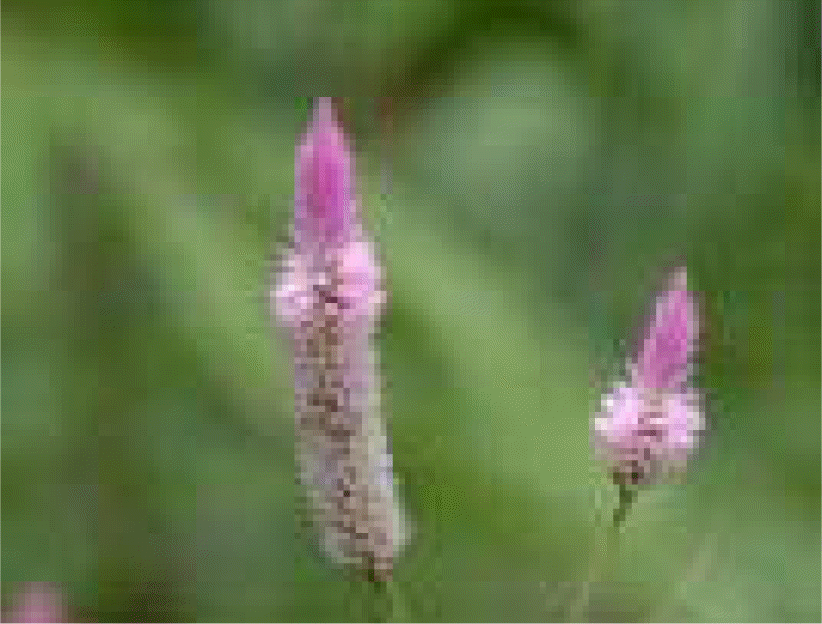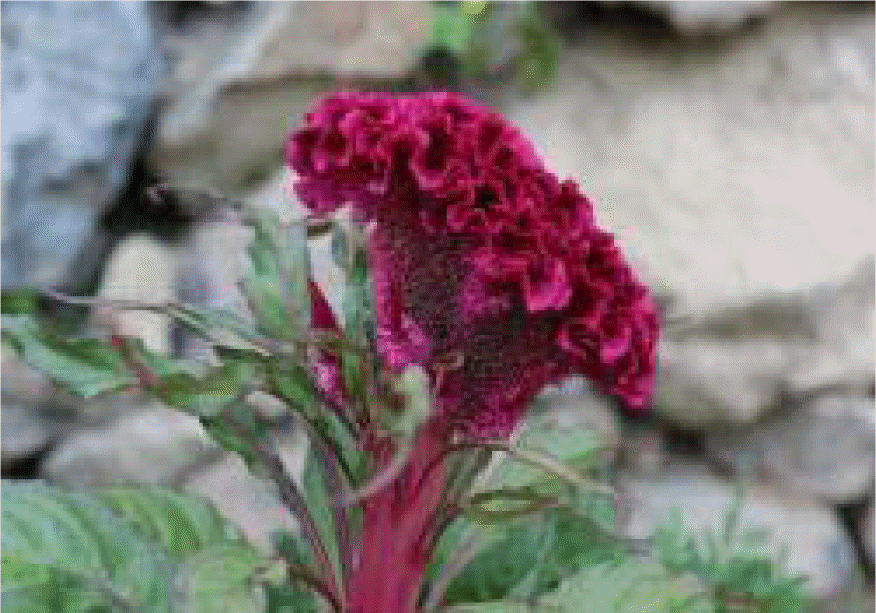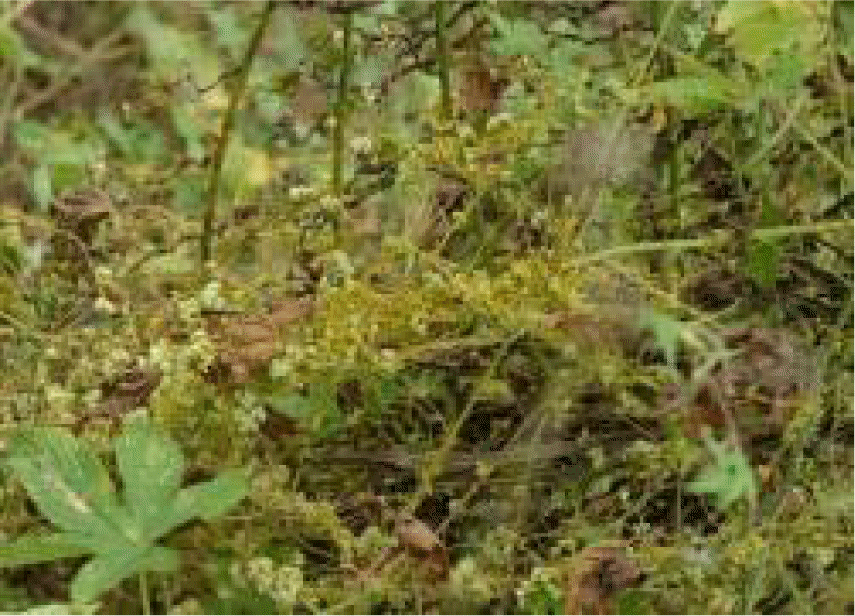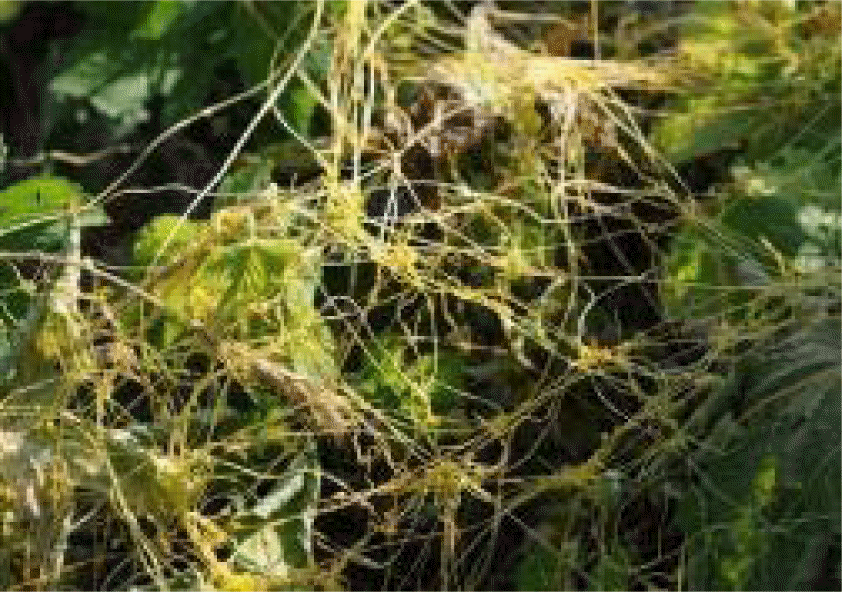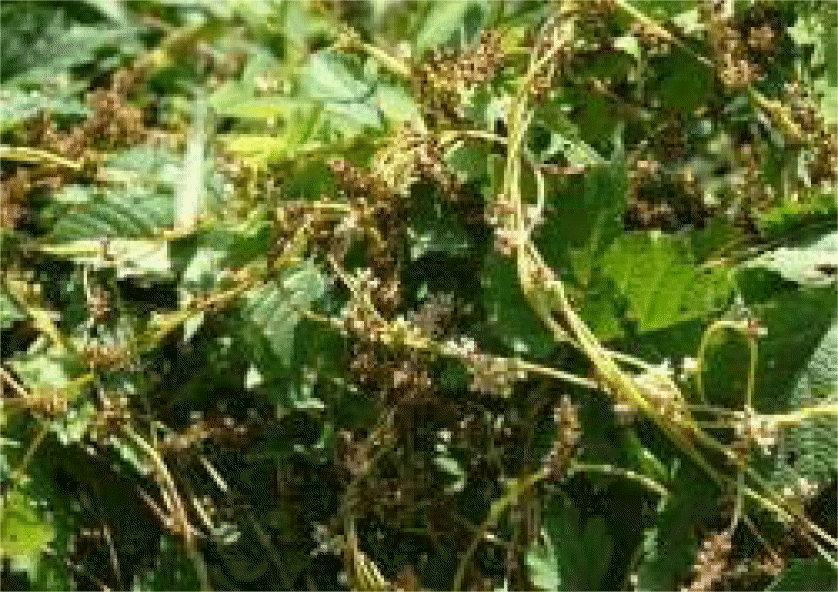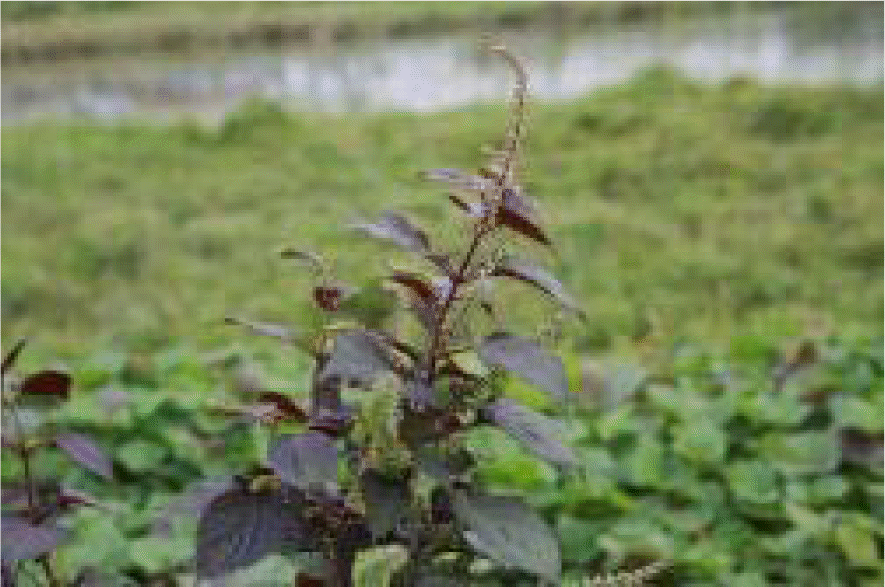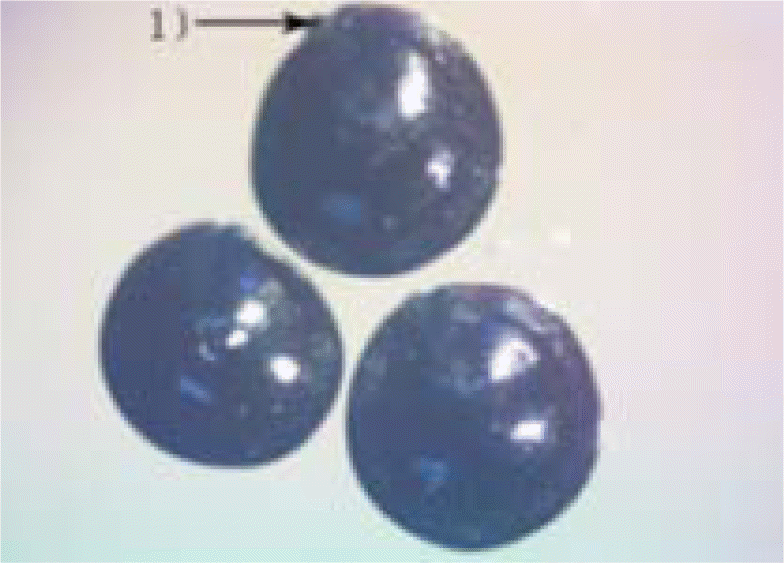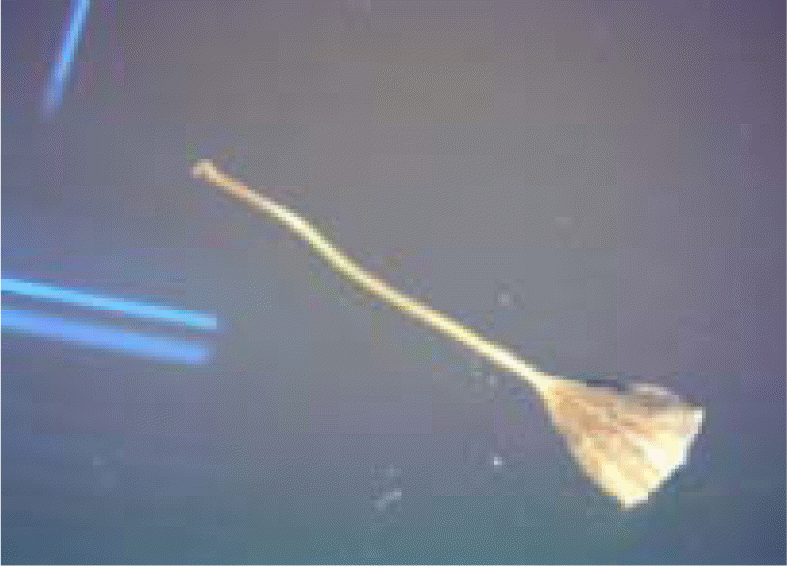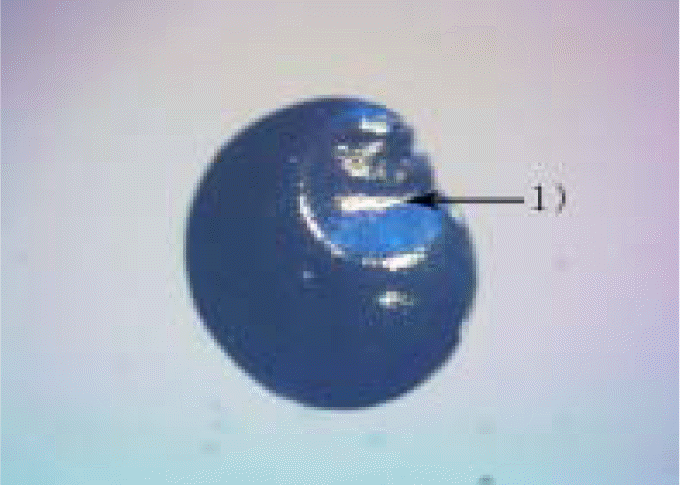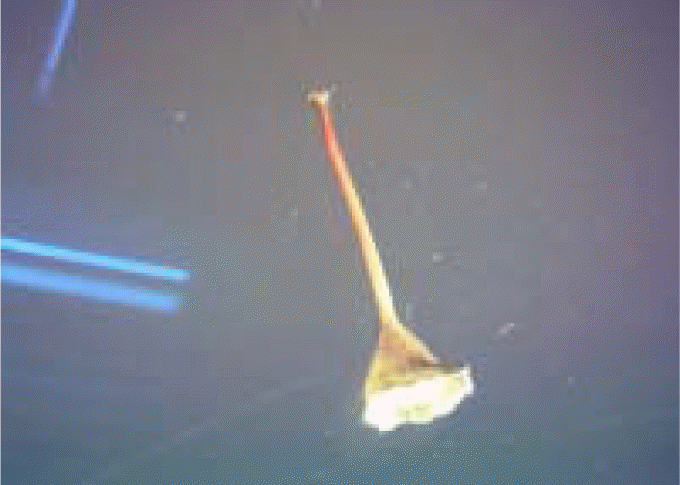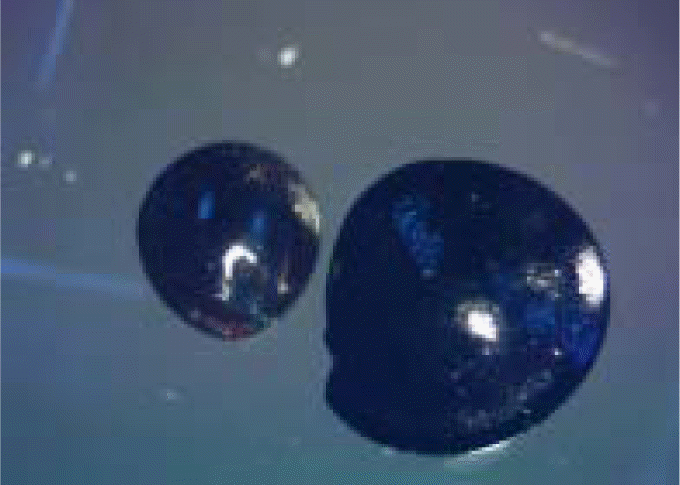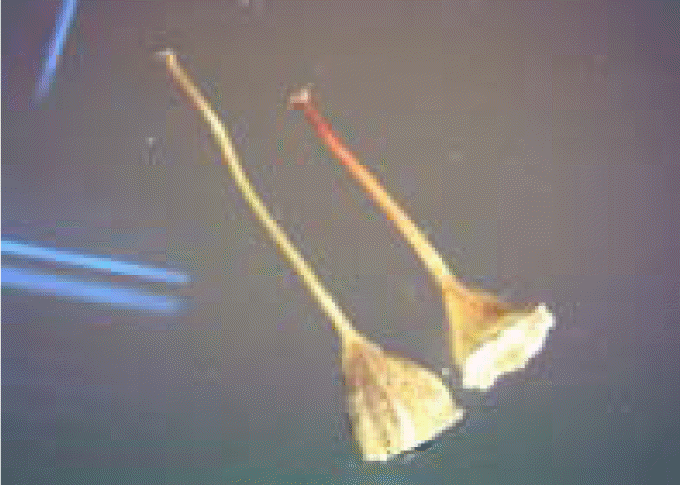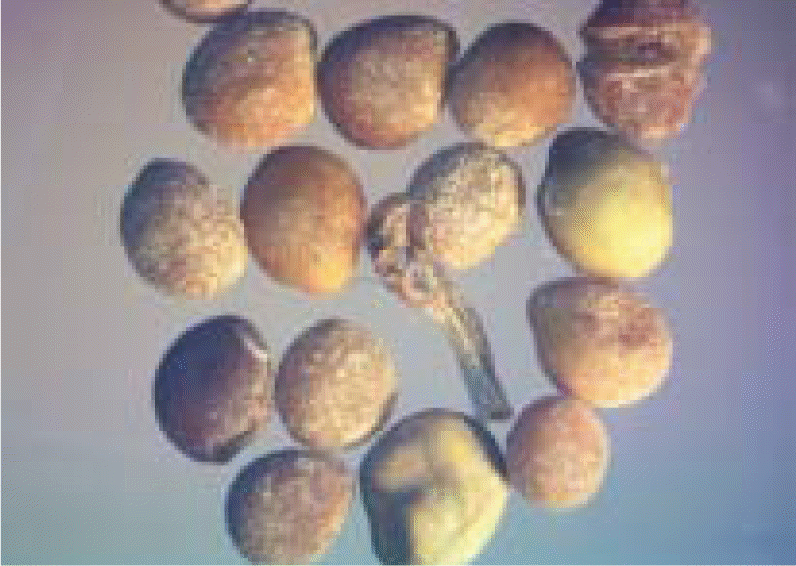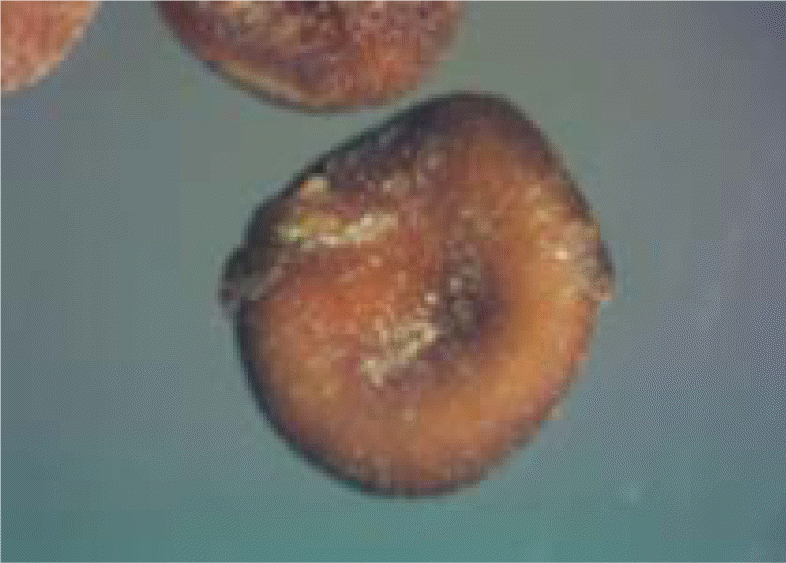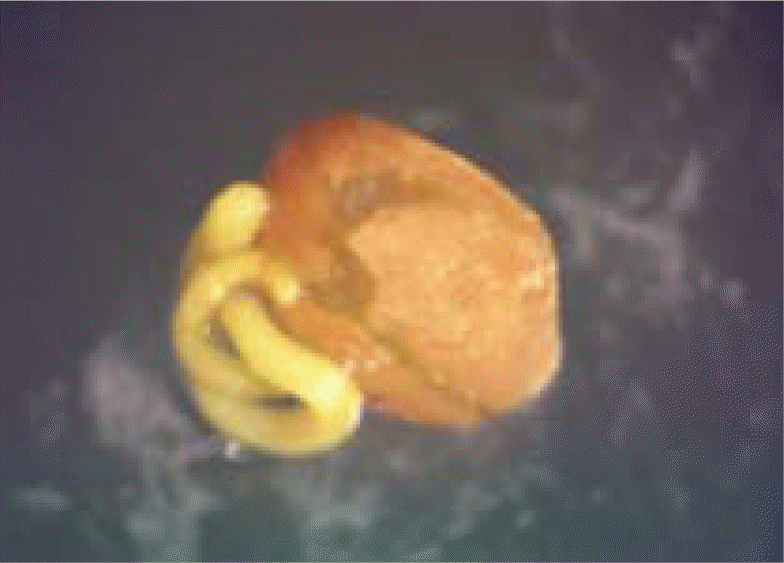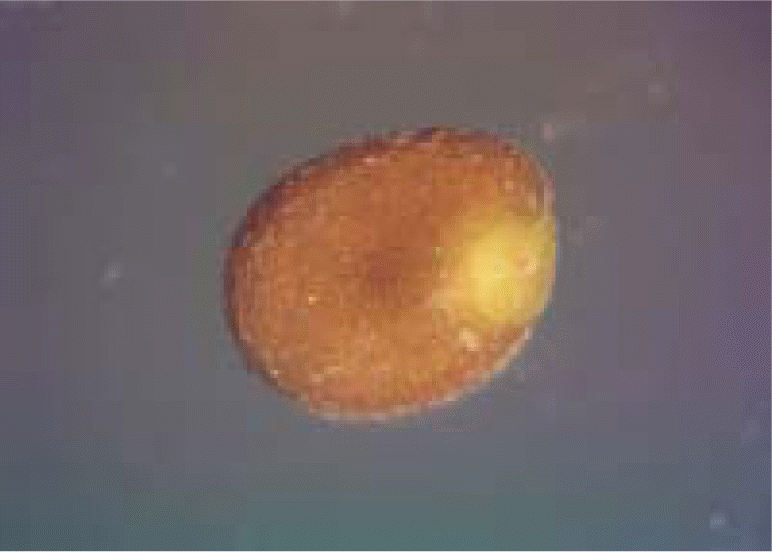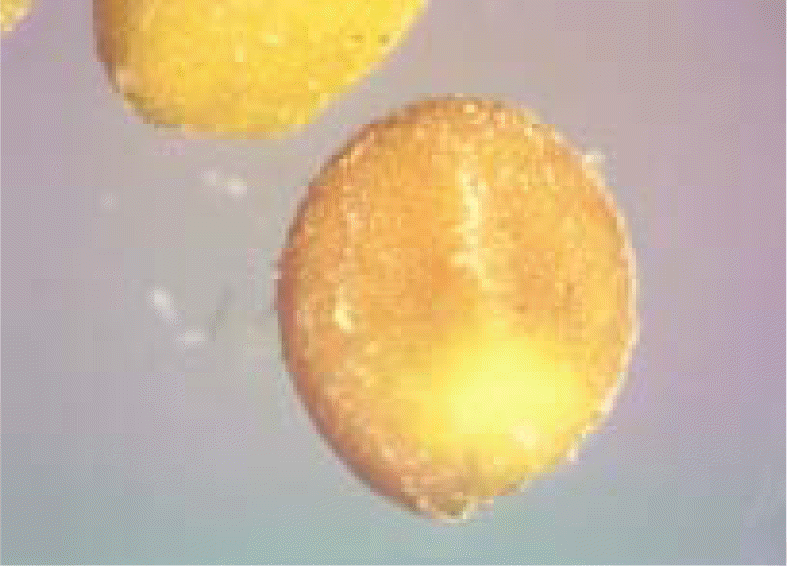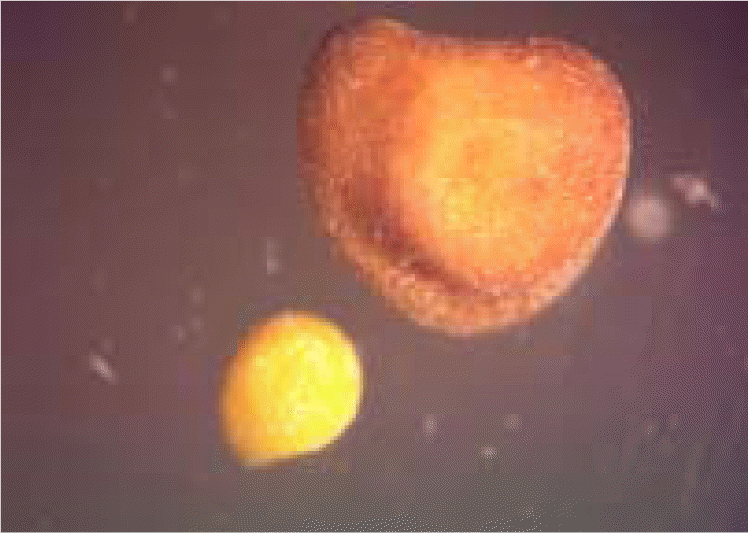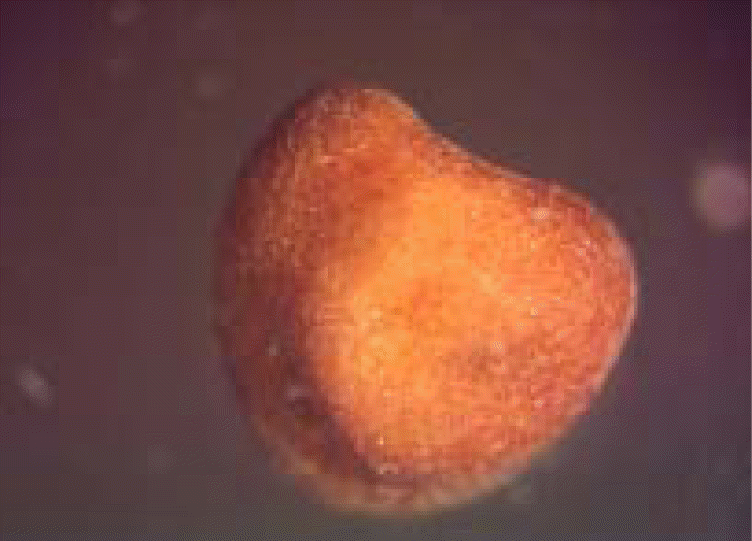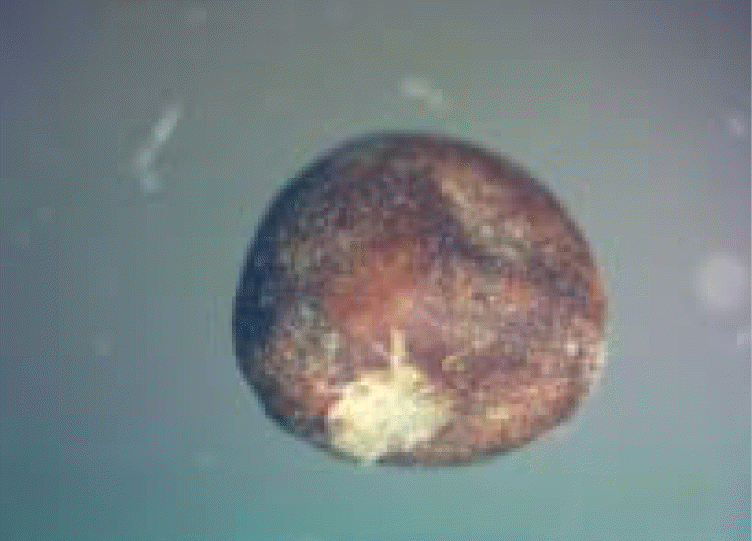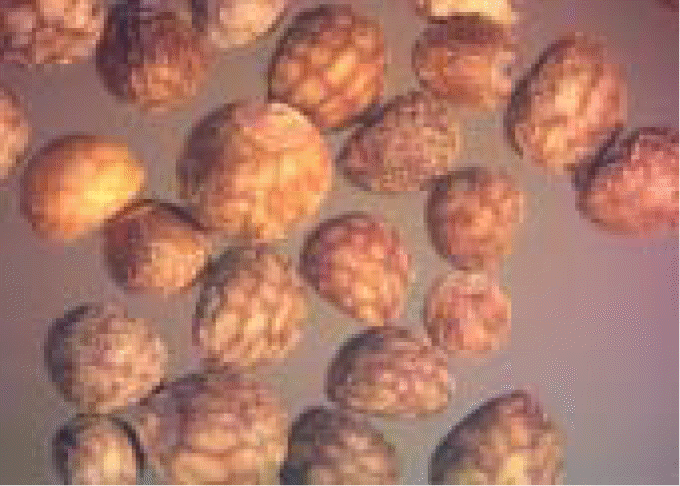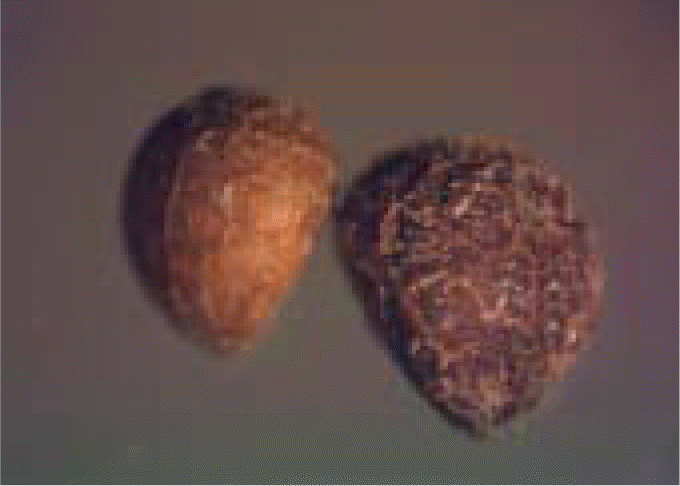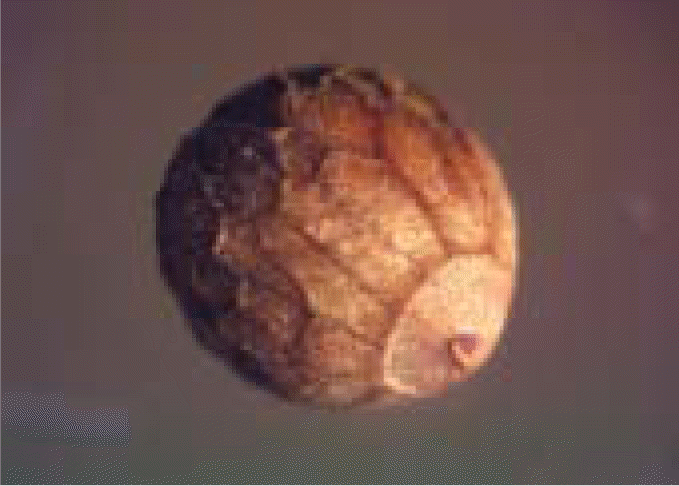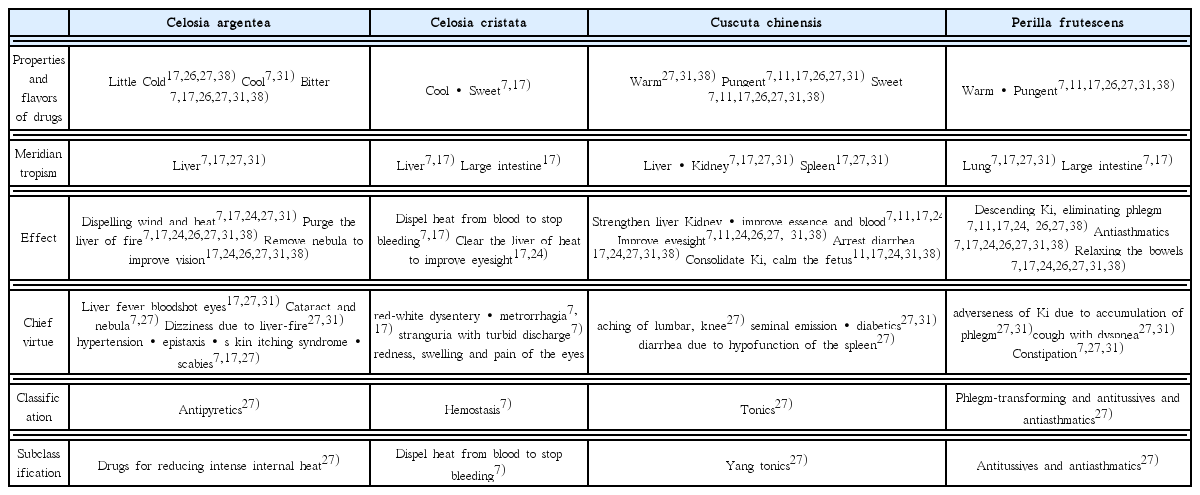References
1. Ministry of Health and Welfare. Standard herbal medicine development Seoul: Ministry of Health and Welfare; 2004–2005.
2. The Korean medicine development institute. Establishing foundation by korean herbal medicine-Construct bank of herbal resources Seoul: The Korean medicine development institute; 2006.
3. Lee KS, Park KB, Kim YS, Lee SH. Criteria for Identifying Akebiae, Clematidis, Aristolochiae Caulis. Kor. J. Herbology 2011;26(2):1–6.
4. Kim YS, Lee KS, Kim JH, Choi GY. CA Study of Cutting Methods by Comparing the Contents of Cinnamic acid and Cinnamaldehyde in Different Parts of Cinnamomi Ramulus. Kor. J. Herbology 2011;26(2):11–15.
5. Kim JH, Lee KS, Choi GY, Kim YS. Comparative Study on Different Species of Medicinal Herbs Used as Jeonho (Qianhu) Using Morphological Appearance and Chromatographic Fingerprint. Kor. J. Herbology 2012;27(3):15–21.
6. Yan KY. Primary illustrated commonly used Chinese herbal medicine book. Taipei SMC 1980;:121. :171.
7. The Xinwen Feng Publishing Company. Dictionary of Chinise herbal medicine The Xinwen Feng Publishing Company; 1982. p. 1189p. 1804–1807.
p. 2043–2045.
p. 2849.
8. Zai SM. Identification Manual of Chinese medicine Kai Yip Book; 1985. p. 345–348.
p. 549–552.
9. Mao WS, Yan ZH, Mao XM, Liu SL. Herbal authenticity of identification. 1987. 425–427.
451–452.
462–467.
10. Zai SM. Chinese Medicinal Materials Science. Kai Yip Book 1987;:294–295.
:752–754.
:966–968.
:1026–1028.
11. Ren RN. Identification study of Chinese medicine Shanghai Science and Technology Press; 1988. p. 424–425.
p. 471–473.
12. Guangdong Provincial Institute for Herbal medicine. Primary color illustrated book to identify Chinese herbal medicines Guangdong Science and Technology Publishing House; 1991. p. 82.
13. Guangxi Zhuang Autonomous Region Institute for Herbal medicine Control. Chinese herbal medicines authenticity of identification map Guangxi Science and Technology Press; 1991. p. 145.
14. Yang JQ, Feng XU. Chinese medicine identification manual. 1994. 519–529.
15. Kim JG. Oriental traditional medicines Colour Guide. 181284–285.
16. Lin J, Yu CT, Zhao CL. Identification study of Chinese medicine Ancient Chinese medicine Press; 1999. p. 244–245.
p. 278–279.
p. 335–336.
17. Home Administration of Traditional Chinese Medicine. Chinese Herbal medicine Shanghai Science and Technology Press; 1999. 2p. 851–856.
6;500–504, 7;122–124.
18. Yan WM. Chinese herbal medicines Authenticity. People’s Health Publishing House 2000;:425–427.
19. Zhang GJ. The Modern Practical Chinese identification techniques. People’s Health Publishing House 2000;:410–411.
:425–426.
:679–681.
:759–760.
:767–770.
20. Xiao PG. New Chinese medicine Journal(2) Chemical Industry Press; 2002. p. 361–363.
p. 499–507.
p. 562–568.
p. 596–600.
p. 723–725.
21. Chinese Herbal medicine and Biological Products, Guangdong Provincial Institute for Herbal medicine. Chinese herbal medicines authenticity of identification dictionary<3> Guangdong Science and Technology Publishing House; 2005. p. 114. p. 156. p. 167.
22. Zhang SJ. Chinese Medicinal Herbs identify the user manual Guangdong Tourism Press; 2005. p. 48–49.
p. 138p. 395–396.
23. Yang SC. Essentials of Chinese Traditional Medicine Authentication Henan Science and Technology Press; 2006. p. 127. p. 143. p. 145.
24. Sin JH, Sin YW. Hyangyak Herbal medicine of HyangyakJipseongbang Keimyung University Press; 2006. p. 31. p. 161. p. 205. p. 369.
25. Chinese Medicine Merchants Association Ltd. Easily Confused Chinese Medicines in Hong Kong School of Chinese Medicine Hong Kong Baptist University; 2007. p. 130–131.
26. Xu HH, He H. Chinese herbal map Guangdong Branch Press; 2007. 2p. 296. p. 298. 4;168, 5;190, 202.
27. National Korean Medical University Compilation Committee co-teaching materials. Study of Herbal medicine Yonglim Club; 2007. p. 213–214.
p. 517–518.
p. 617–619.
p. 717.
28. Lee GF, Zhang JL. Rapid identification of Chinese herb commonly used in Ancient Chinese medicine Press; 2007. p. 170–171.
p. 191–193.
p. 227–228.
29. Xie ZW. Varieties of Chinese medicine Theory and Applications People’s Health Publishing House; 2008. p. 802–806.
p. 833–836.
p. 907–909.
30. Yuan Z, Xie Y. The Practical Chinese herbal true identify color illustrations Hua Ling Press; 2008. p. 75–76.
p. 149–150.
p. 167–168.
31. Kang BS. Chinese medicine field guide Donga Press; 2008. p. 478–479.
p. 834–835.
p. 884–885.
32. Wang ME, Pei HR. TCM character identification training materials Traditional Chinese Medicine Press; 2008. p. 208. p. 211.
33. Food and Drug Administration. Korean herbal medicine discriminate Book Homi Publisher; 2009. p. 198–201.
p. 236.
34. Kim GY, Kim HJ, Cheong HW. Medicinal Herbs standard manufacturing process instructions(Ш) Food and Drug Administration; 2009. p. 85.
35. Zhang GJ. Identification study of Chinese medicine. Science Press 2009;:276.
36. Yun YP. Medicinal Herbs sensory evaluation guidelines Ш Food and Drug Administration; 2009. p. 87.107.
37. Zhao ZZ, Lee YS. Identification of a hundred Herb People’s Health Publishing House; 2009. p. 144–145.
38. Zhao ZZ, Chen HB. Chinese herbal medicine identification Dictionary Fujian Science and Technology Press; 2010. p. 256. p. 334. p. 366. p. 372.
39. Lee HK. Inese Herbal Medicine to identify applications map People’s Medical Publishing; 2010. p. 156.202.
40. Liu JZ. Chinese herbal identification and application Guangdong People’s Publishing House; 2010. p. 234–235.
p. 268–269.
41. Wang ME. Identification of Chinese Herbal Medicine People’s Health Publishing House; 2010. p. 108–109.
42. Seo BI, Ju YS, Choi HY, Park JH. Illustrated book of herbal plants in oriental medicine. Daewondang Publisher 2011;:196–198.
:598–599.
